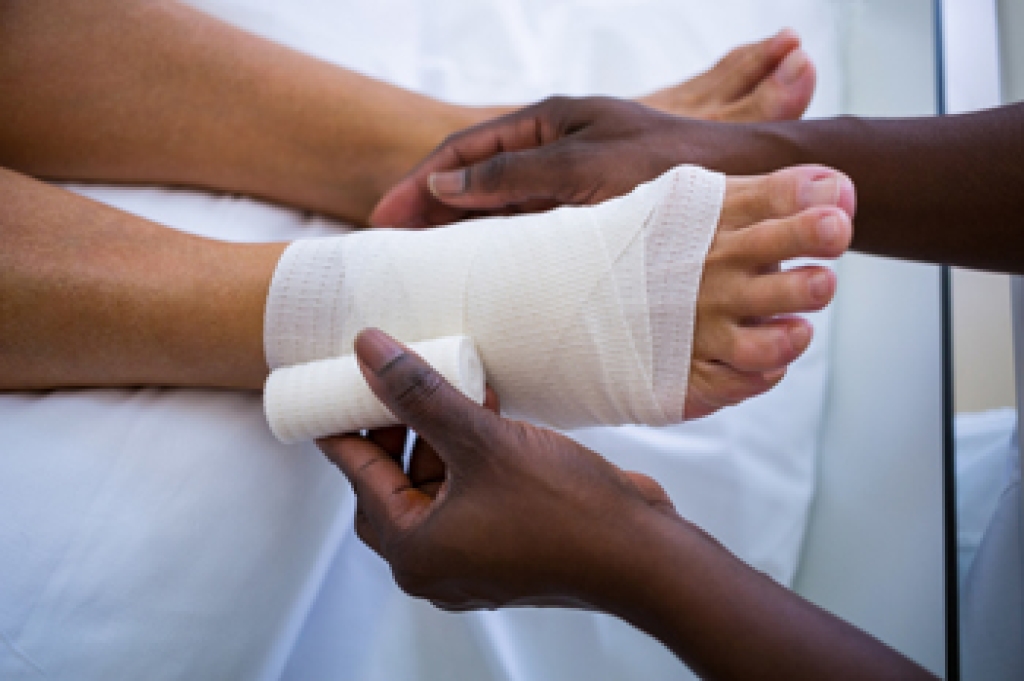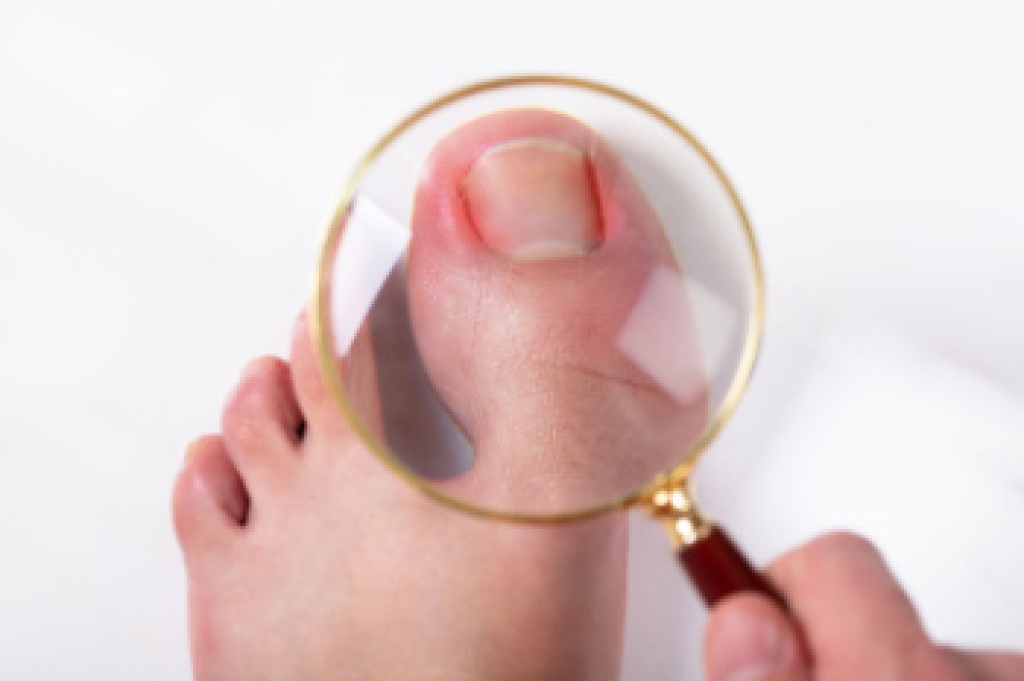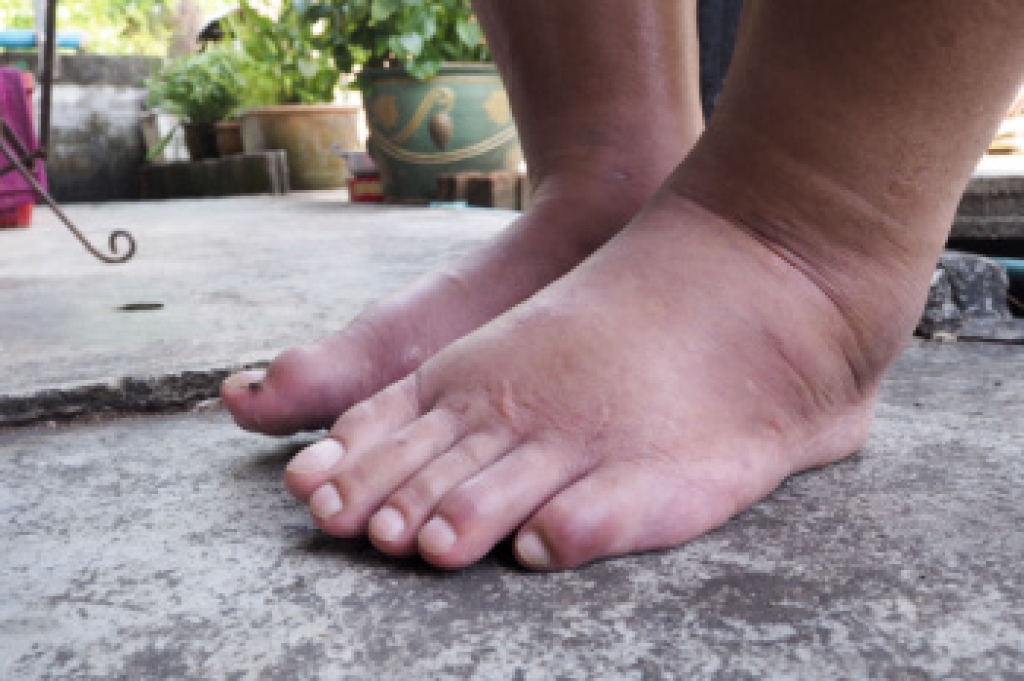
Young children and adolescents may develop a variety of toe-related issues, some linked to growth and others caused by injury or infection. Nails that curve into the surrounding skin can lead to soreness and swelling. Structural changes, such as toes that overlap or curl, may influence balance and walking comfort. Active play and sports sometimes result in stubbed toes, sprains, or small fractures that cause persistent discomfort. Skin and nail infections, including those caused by fungi, can also affect appearance and function. Addressing these concerns early helps prevent long-term problems and supports healthy foot development. A podiatrist can pinpoint the cause, suggest effective treatment, and offer advice on proper footwear and daily care. If your child has ongoing toe pain, visible deformity, or unusual changes in nails or skin, it is suggested that you arrange a visit with a podiatrist for an accurate diagnosis and effective treatment solutions.
Making sure that your children maintain good foot health is very important as they grow. If you have any questions, contact Steven Wolfington, DPM of Sheboygan Foot Care, LLC. Our podiatrist can provide the care you need to keep you pain-free and on your feet.
Keeping Children's Feet Healthy
Having healthy feet during childhood can help prevent medical problems later in life, namely in the back and legs. As children grow, their feet require different types of care. Here are some things to consider...
Although babies do not walk yet, it is still very important to take care of their feet.
Avoid putting tight shoes or socks on his or her feet.
Allow the baby to stretch and kick his or her feet to feel comfortable.
As a toddler, kids are now on the move and begin to develop differently. At this age, toddlers are getting a feel for walking, so don’t be alarmed if your toddler is unsteady or ‘walks funny’.
As your child gets older, it is important to teach them how to take care of their feet.
Show them proper hygiene to prevent infections such as fungus.
Be watchful for any pain or injury.
Have all injuries checked by a doctor as soon as possible.
Comfortable, protective shoes should always be worn, especially at play.
If you have any questions, please feel free to contact our office located in Sheboygan, WI . We offer the newest diagnostic and treatment technologies for all your foot care needs.




